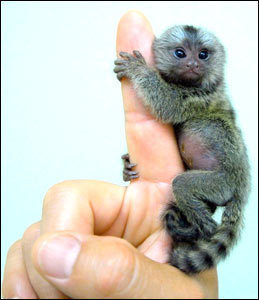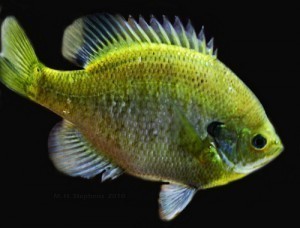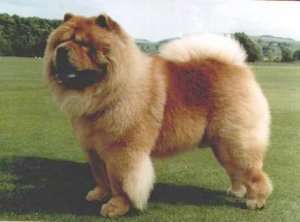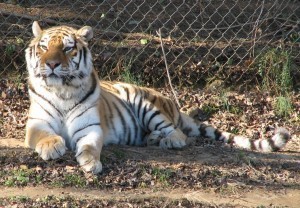Owls Average Size
Owls belong to the order Strigiformes, 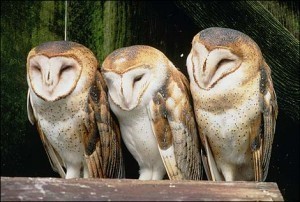 which is made up of 200 extant bird species. They feed on birds, insects and smaller mammals. They are found in almost all parts of the world except in Antarctica and some other parts of Greenland. The two major families of living owls are Tytonidae or barn owls and Strigidae or typical owls. For those who want to know more about these animals, it is good to learn the average size of owls.
which is made up of 200 extant bird species. They feed on birds, insects and smaller mammals. They are found in almost all parts of the world except in Antarctica and some other parts of Greenland. The two major families of living owls are Tytonidae or barn owls and Strigidae or typical owls. For those who want to know more about these animals, it is good to learn the average size of owls.
The Average Size of Owls
The average size of owls varies depending on the species. Bubo virginianus or the great horned owl has an average length of 18 to 27 inches. Generally considered as the smallest owl, Micrathene whitneyi or the elf owl only grows at an average length of 5 to 12 inches. Bubo bubo or the Eurasian eagle owl lives in Asia and Europe, which has an average length of 23 to 30 inches. Bubo blakistoni or Blakiston’s fish owl is a typical owl, the average length of which measures a huge 24 to 30 inches. Known for its reddish, brownish or grayish upper body part, the northern pygmy owl grows at any average length of 6.5 to 7.3 inches.
An extinct species of owl is Ornimegalonyx oteroi or the Cuban giant owl, which reportedly has an average length of 43.3 inches. Native to North America, Aegolius acadicus or the northern saw-whet owl grows at an average length of 7.09 inches. Meanwhile, the average length of Aegolius harrisii or the buff-fronted owl is 9.06 inches. Other notable owl species include Aegolius ridgwayi or the unspotted saw-whet owl that grows 7.09 inches long and Aegolius funereus or the boreal owl that grows at an average length of 8.66 to 10.63 inches.
Additional Facts and Other Important Details
In terms of features, owls are known for their flat face, hawk-like beak and big forward-facing eyes. They lay eggs that are almost spherical in shape and are usually whitish in color. Although it is not common for them to construct nests, they commonly live in abandoned nests and sheltered nesting sites like those found in caves, barns and underground burrows.
While most owls are nocturnal creatures that hunt prey under dark conditions, some species are crepuscular. They are active during the twilight hours of dusk and dawn. Owls are known for their ability to serve as rodent control. They can help a lot especially in controlling the population of rodents. The eggs of owls do not hatch simultaneously because they are laid at intervals of one three days.

